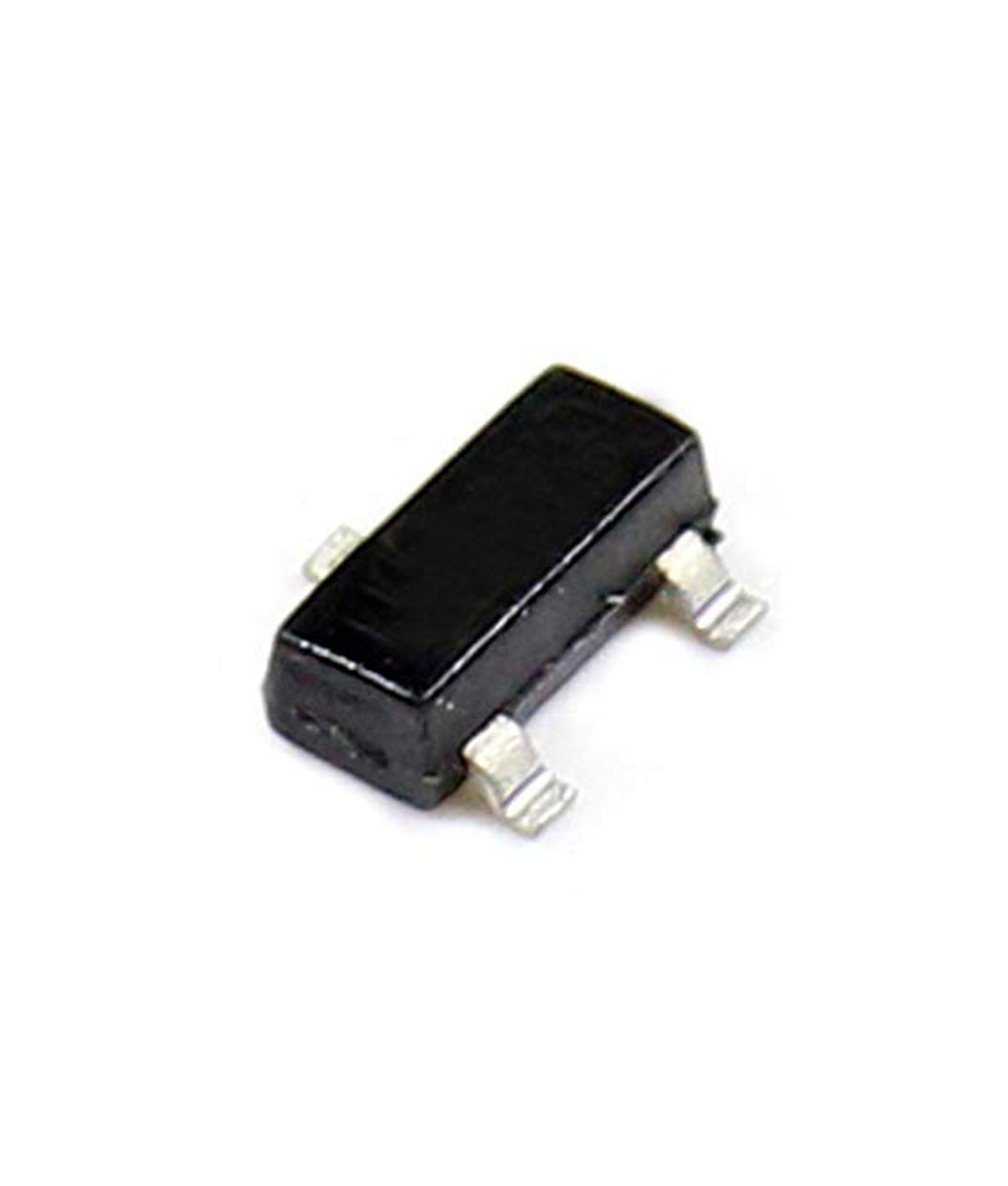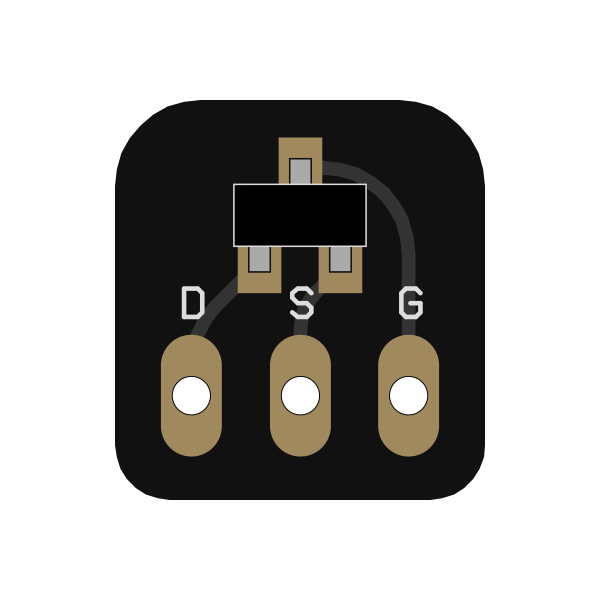I'm learning as I go, Chuck. The Wolves are pure analog, baby.
Thank you, M6K.
This is only my third build (not counting my failed Echo Nightmare), and I am definitely a newbie when it comes to metering and such, so I'm basically trying to learn it all at the same. But that's how I thought the process was supposed to go.
HOWEVER..
Here's the thing. Well, two things.
1) According to the datasheet of the installed "InterFet J201" the pins go 1) source, 2) drain 3) gate.(
https://www.mouser.com/ProductDetail/InterFET/J201?qs=/ha2pyFaduh6EYvyYo4gV6ZjdGsoMaCrkP1C2KUJ4mQ=)
2) Unfortunately, that doesn't seem to matter because when I do as you so awesomely illustrated, (Meter set to 20 volts) I get no reading at all from any pin. Nada, zilch. Be it plugged in and (true) bypassed , plugged in and on. Unplugged...I just get nuthin'.
If it's plugged in and bypassed & I put the ground on the "source" (1) and the other on the drain (2) I get a reading that I can dial to "4." I have no idea if that is actually 4v or if it's just teasing me.
The pedal works and sounds pretty good. . But of course, if I can reach for the ULTIMATE TONE, man... I'd like to.
Interestingly, with the drive all the way down, I get no sound at all even with the volume cranked. I don't think that's supposed to happen.









